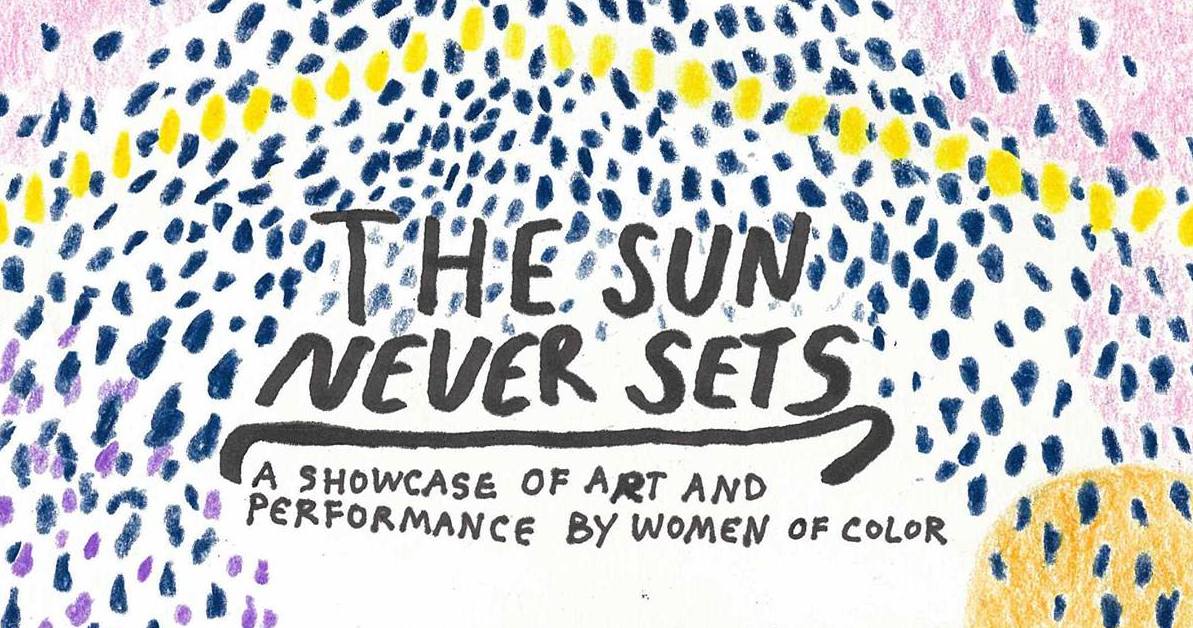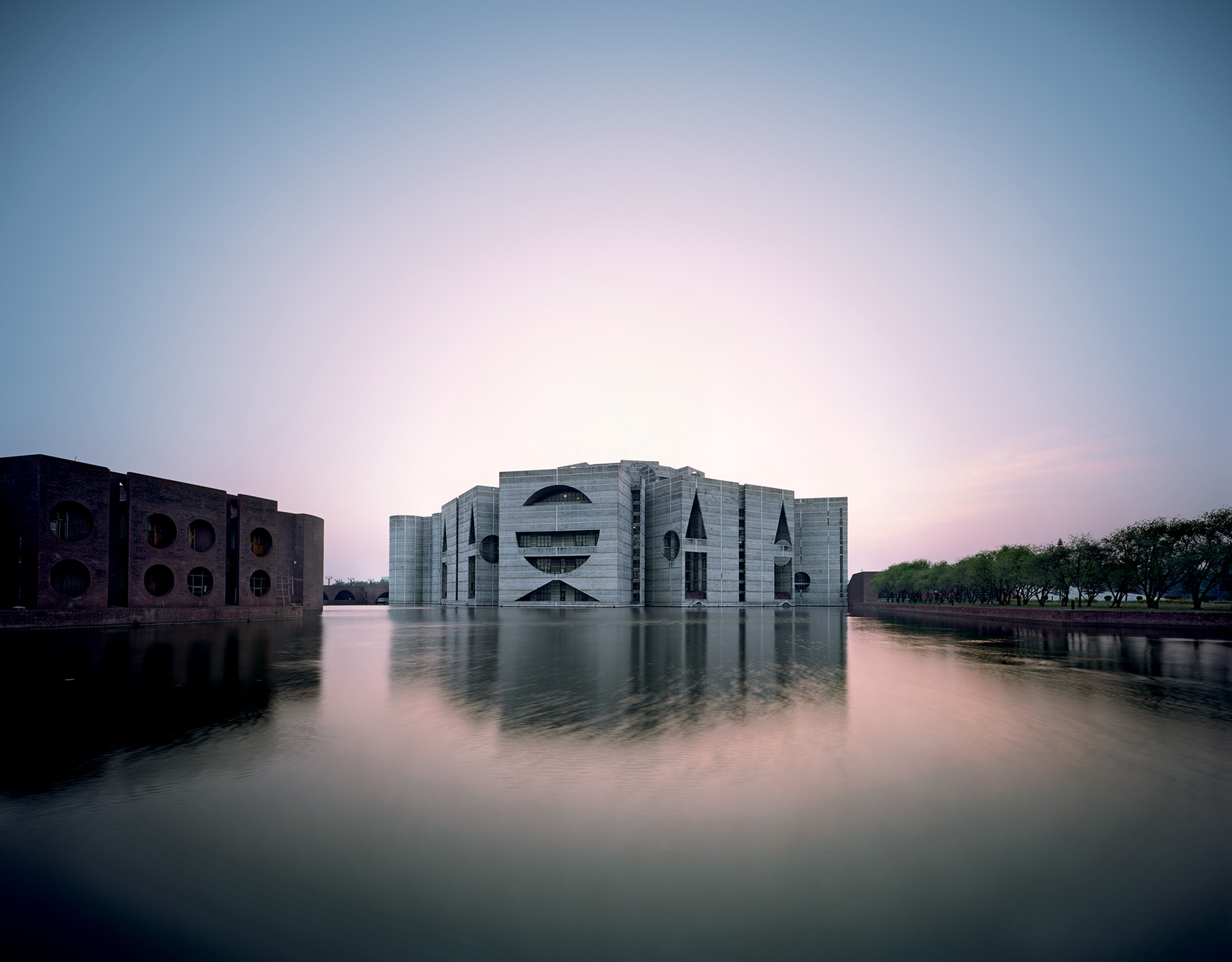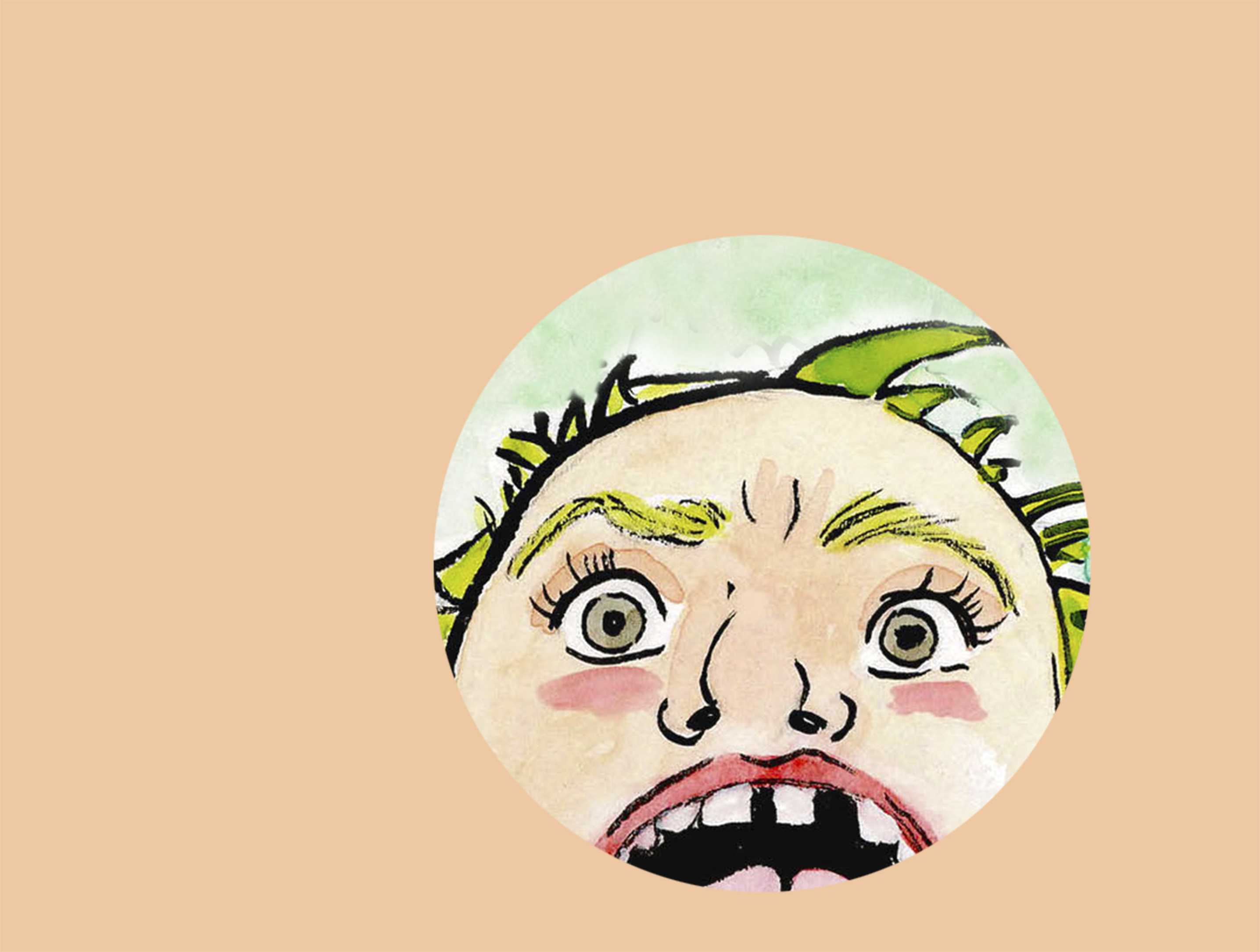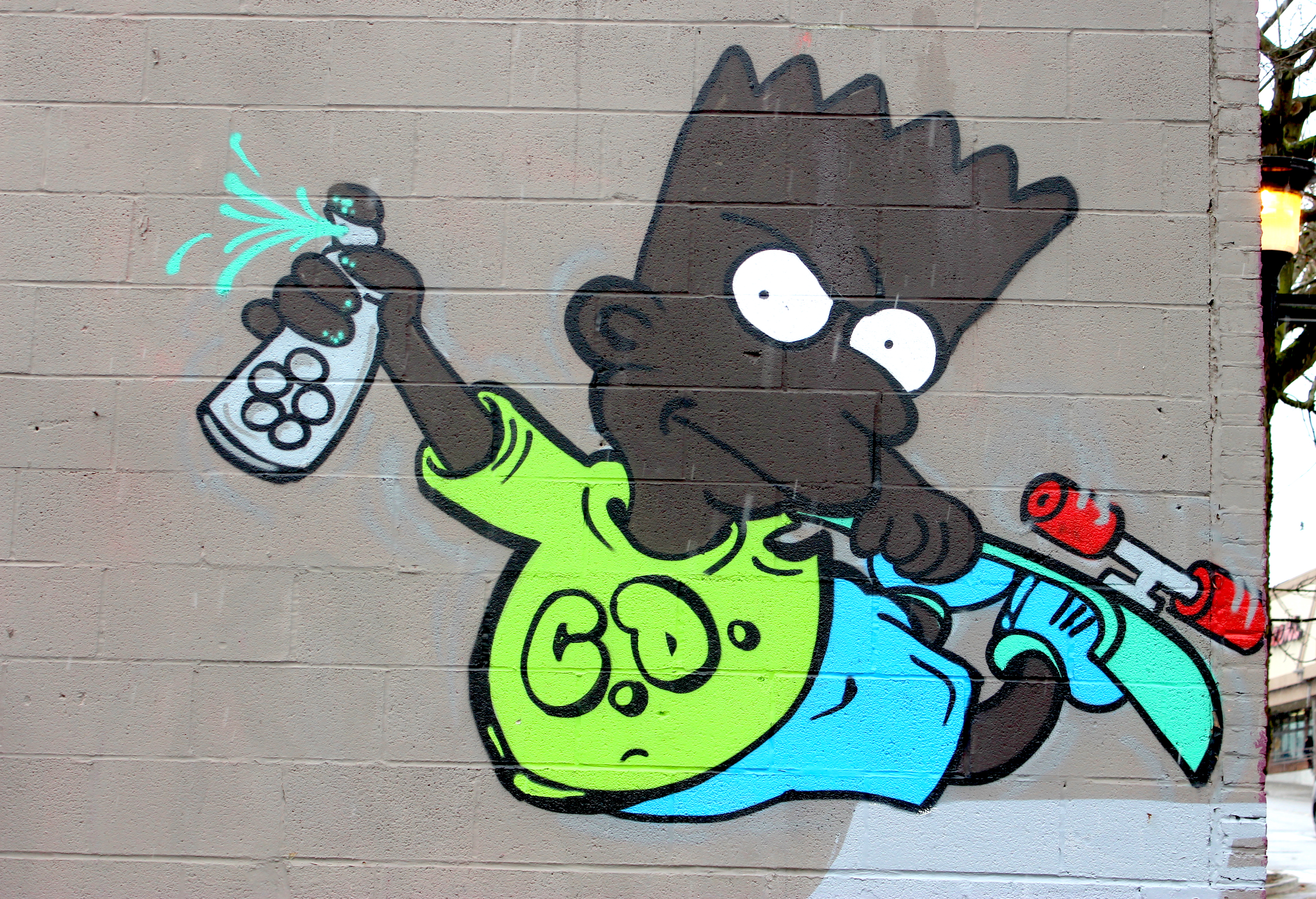Above: Curator and artist Leena Joshi.
When over six hundred human beings show up to an arts event, clearly, something special is happening.
Over the weekend, Capitol Hill’s midsized TMRW PARTY studio was quite literally packed to the brim—those six hundred and some people standing toe to toe, spilling out into the hallway to get a glimpse at The Sun Never Sets, billed as “A night of art and performance by women of color.” A collaborative effort between curator Leena Joshi, Anna Vo, and Seattle’s feminist collective Men’s Rights Club (whose name they would like you to know is most definitely a joke), the multidisciplinary show ran the gamut from visual art, zines, dance, poetry and music—all created by local women of color.
Marita Isabel read about ripping her white Barbie doll’s empty plastic head off and flushing it down a toilet. Nina Yarbrough, who “hates poetry,” read amazing poetry about the psychic weight of the concept of motherhood. Meredith Horiuchi pantomimed a shooting in her eerie dance as white noise rumbled the room. And despite the sweltering heat in the overcapacity studio, people were incredibly attentive and respectful. I phoned curator Leena Joshi to gather her thoughts on the success of the show, and what it means for the city:
Seattle Weekly: Congrats on the show, I don’t think I’ve ever seen that many people in one place for an art event.
Leena Joshi: Thank you, yeah we actually moved venues pretty close to the day of the event because so many people said they were attending and we got nervous that Gallery 1412, which is maybe like a 70 person capacity, wouldn’t be able to hold them all. This new space I still wish could’ve been bigger, but I was so happy with how many people turned out for the event.
SW: I saw that people were driving up from Olympia and other places outside the city just for this show. Why do you think it resonated with so many people?
LJ: Oh man, I think there’s such a vacuum in Seattle for things like this—not only places for women of color, but just for people of color to have a space to show their work. So much of the art I’ve seen in Seattle the six years I’ve lived here has been wonderful, and diverse in the sense of what kind of art it is and what mediums are used, but it’s a pretty white city. In Seattle, people of color who live here, they know that. Everyday it’s a struggle to carve out a space to be of color in this city. It’s a struggle to bring your expression as a person of color to a larger community or even just your own community.
Really, I think the reason it super resonated though is Ferguson and Eric Garner—there’s been a lot of spotlight on issues of color and there’s been this sense of helplessness. What can be done? What can we do? I personally felt really helpless after all that happened, like, what can I do personally? This was a different way of expressing how I felt rather than protesting. Protesting is one of the ways I can express myself, but art for me has always been healing, and I wanted to give women of color a space they could use however they wanted and feel however they wanted, since I believe art can be a way of healing for others too.
SW: This has been a really overwhelming couple of months for the country for sure, and it’s definitely hard to know what to do about it sometimes. You can go get on Facebook, and beyond that, you can go to community meetings I suppose, or protest, but this was interesting because it created this very concrete, tangible space for this unique kind of conversation.
LJ: Everyone has a different way of needing to express themselves, especially after something like Ferguson and amid the feelings that are still going on right now. For some, protesting is the way to channel that. For me, I have always been the kind of person who needs a tangible space for self-reflection. Honestly, regardless of the racial tension and environment in the country right now, this kind of thing just needed to happen in Seattle.
But in light of those events, I felt more pressure and more of this overarching need to create a space for people of color that was ultimately calming, healing, and empowering—where people knew this space was theirs, and that representation, which is what’s missing in Seattle, would finally be present. When I see art in Seattle, I’m often moved, and sometimes I truly think a piece is beautiful, but it doesn’t make me feel less overwhelmed. When I see art from people of color that is moving and beautiful, it also truly touches me because I’m of color, so it makes me feel less alone. I just wanted more of that. That’s so powerful, to see other people of color’s emotions represented, because then it makes you realize you as a person of color can do that too—make art—and then ultimately you have more people of color making art in the city, which is only a good thing.
SW: Ijeoma Oluo wrote an article about exactly that in the new issue of City Arts, how a lot of the best art in Seattle is being made by people of color, but how that space and that recognition in the city is for the most part a very new thing and still at risk. You had mentioned to me in your email that the event felt very much like a “paradigm shifting” day for you—do you feel like there is a watershed moment happening for artists of color in the city?
LJ: I think 2014, it was kind of a riotous year. There were a lot of overwhelming movements that began because they needed to begin. People are starting to wake up to the racism and sexism and prejudice that still exists in the country, and they’re no longer willing to be quiet about it. I think in Seattle, people are really starting to try and organize and be less passive about this, and they’re starting to step outside their own communities to make sure that everybody knows this is a problem. That the white community knows this is a problem.
This is the first art show of this size I’ve been a part of as an organizer—I’ve been a part of shows as an artist before, as a photographer, an illustrator, a poet, but I’ve never organized to this capacity. But I felt compelled to do something about it. To have women, women of color, people of color, just be seen. They’ve been subdued long enough by, albeit, a very passionate creative arts community, but one that unfortunately does not really make space for them.
Anna Vo organized the workshop for women of color that happened before the event, and that’s when the importance of this really sunk in for me. Before we’d even opened the doors for the art, 40 women of color had come together in this room just for this workshop, just to be in this safe space with each other. It was amazing—being with this creative, powerful group of women of color. I kept thinking, “why doesn’t this happen more often?” I’d never realized how important it was, and everyone else too—you could see it in their faces. People kept telling me, “this feels so important right now.” Just to not have to give allowance to anyone dominating the art scene right now and really hold our own space.
SW: In that light, do you think you’ll be doing similar shows somewhere bigger?
LJ: I didn’t go into this with the expectation that it would be a continuing thing, but given the amount of response over email, text message, on Facebook, and face to face even just the night of, I feel like it’s definitely something I want to do again in the next couple of months. So many women of color told me, “I feel buoyed, floating, the day after, just from the experience I had the day before.” The wave of feedback has convinced me that there’s a need for this, that it needs to happen again somewhere bigger. The amount of female artists of color who approached me and let me know, “I would love to show my art at something like this,” told me that there’s certainly no lack of these artists to show their work. Some people might say, “maybe there just aren’t that many women of color making art in Seattle, that’s why there isn’t as much diversity in the scene,” but clearly that’s not the case. There are so, so many of them.
Click here to see some of local photographer Sofia Lee’s GIFs of performances from the event.








